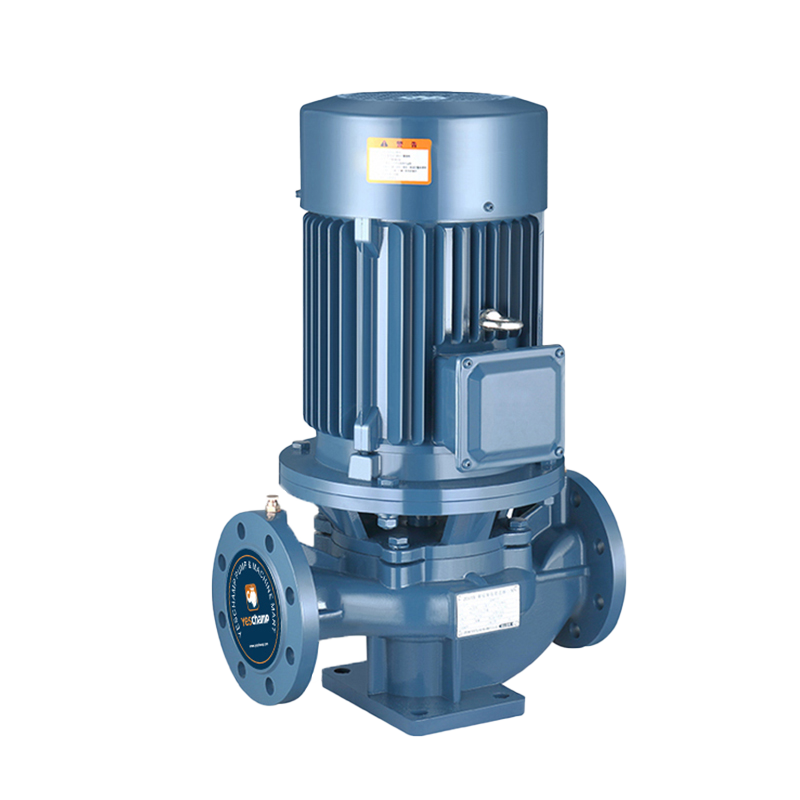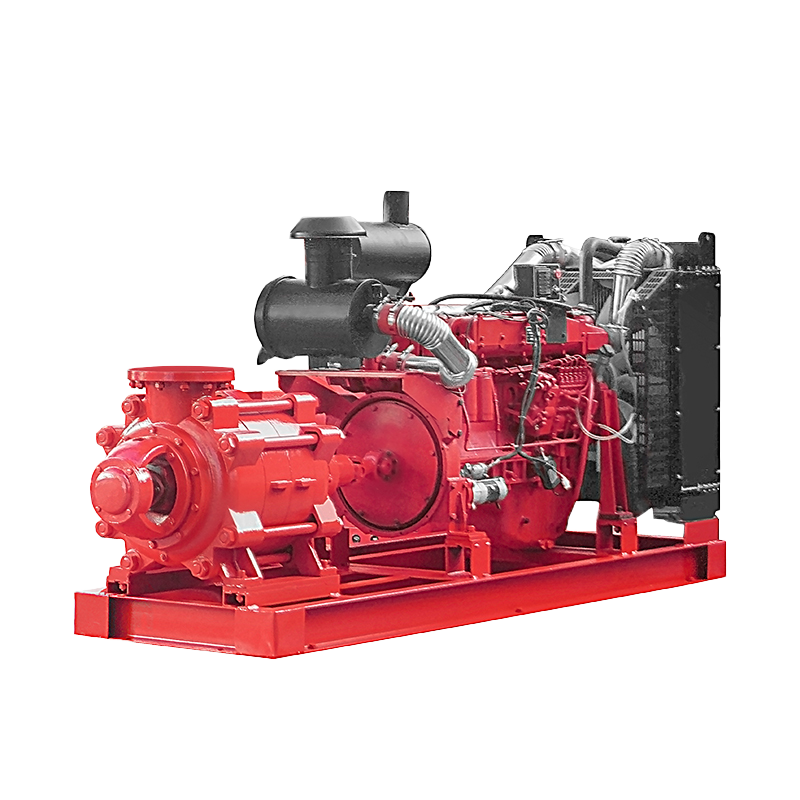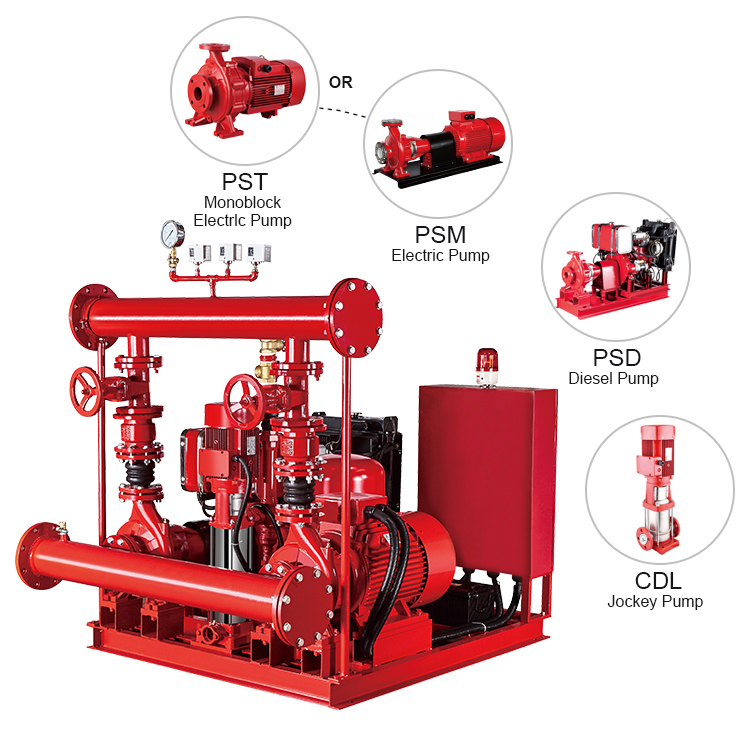A Self Priming Centrifugal Pump forces air out of the discharge chamber so that water can fill the impeller. When the pump is unable to prime itself, it is necessary to add additional air to the discharge chamber. If the suction line is plugged or the impeller eye is damaged, this will reduce the ability of the self-priming pump to create low pressure. The simplest way to fix this problem is to speed up the pump and lower the diameter of the pipe.
A Self Priming Centrifugal Pump is an improved version of a traditional centrifugal pump. The self-priming feature of the pump is the constant supply of flush liquid and pumpage. This type of pump usually has a double seal and a barrier fluid between them. This fluid floods both seals and supplies cooling to prevent them from scorching. The seals are fabricated to meet the API Seal Plan for self-priming pumps.
The Self-Priming Centrifugal Pump is a common pump used for transferring liquid. In a self-priming model, the impeller gets power from a motor or engine. As the impeller spins, it creates a vacuum in its eye, allowing high-pressure air to enter the pump. The fluid is then circulated, while the air is discharged. Once the pump is fully primed, the water and air are mixed and pumped into the fluid.
Another type of Self-Priming Centrifugal Pump is called a liquid ring pump. It works as a liquid ring pump when in the self-priming mode. A shaft powered impeller rotates in accordance with the motor's rotation. A vacuum creates an opening in the impeller's eye, allowing high-pressure air to enter. A liquid-ring pump also has a large internal volume, allowing it to transfer a high volume of fluid.
A self-priming pump has a seal that is vented for continuous flushing. The pump will need to be primed at a constant speed to reach the required pressure. Moreover, it will need to be primed at the appropriate pressure. A centrifugal self-priming pump is a reliable and efficient pump. Its easy installation makes it an ideal choice for any industry. Its simplicity and NPSH rating are important factors to consider when choosing a Self-Priming Centrifugal Pump.
A self-priming pump is similar to a centrifugal pump in that it features an external casing which floods the inner pump. The liquid is normally the same as the liquid to be pumped. The impeller spins in the casing and a low-pressure zone is created at the eye of the impeller. This low-pressure area forces water to the suction line. Meanwhile, the air in the suction pipe is forced into the self-priming pump. The water is mixed with the air in the pump.
During self-priming, the pump can be positioned in either a horizontal or vertical position. As long as it is installed correctly, it will provide efficient pumping for water up to six metres. When the air is confined, the pump can pump water up to a distance of around three meters. Similarly, a centrifugal pump will lift any fluid up to six metres. But it will lift heavier fluids with more than double the pressure.
A self-priming pump is a liquid ring pump that works in a priming mode. When the impeller is in the primed position, a low-pressure zone is created at the eye of the impeller, forcing fluid to rise. The air is then pushed into the pump casing. Then, the pump starts working as normal. In this manner, a self-priming centrifugal pump is an efficient and economical solution for many industrial needs.
The self-priming process begins with a wet well. This is a device that is placed at ground level and has an impeller. When the impeller is positioned in the water, it forces the water to rise. At the same time, the air is pushed down. This air creates a low pressure in the impeller chamber. The pump will then continue to function normally. This method also allows for a lower-pressure zone at the discharge chamber.
News
 English
English عربى
عربى
 Fire Pump and System
Fire Pump and System Split Case Pump
Split Case Pump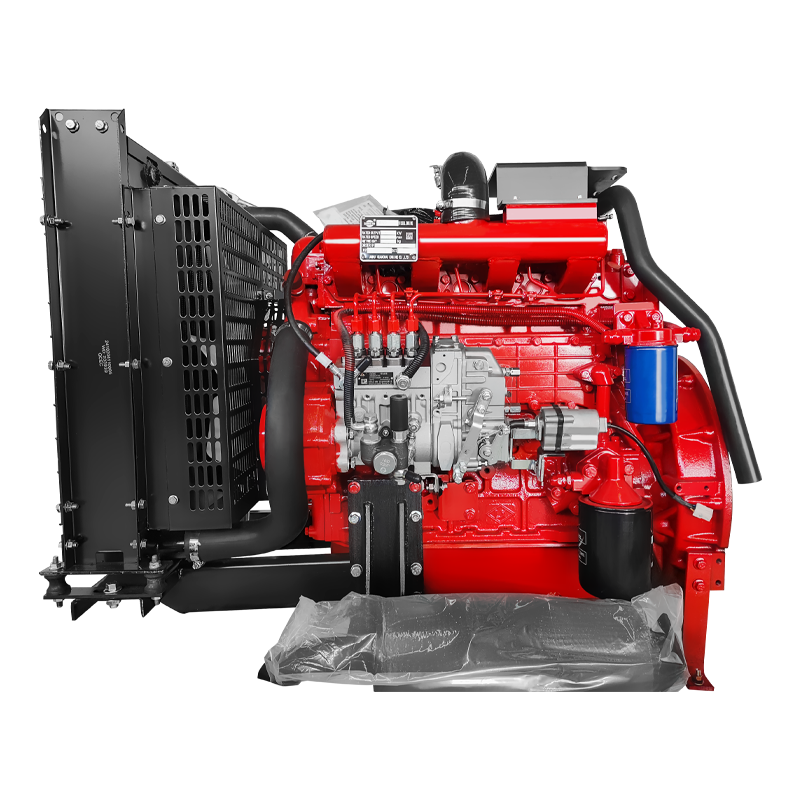 Engine and Pump
Engine and Pump Long Shaft Pump
Long Shaft Pump Multistage pump
Multistage pump Water Supplier System
Water Supplier System Sewage Pump
Sewage Pump Industrial Pump
Industrial Pump Self-Priming Pump
Self-Priming Pump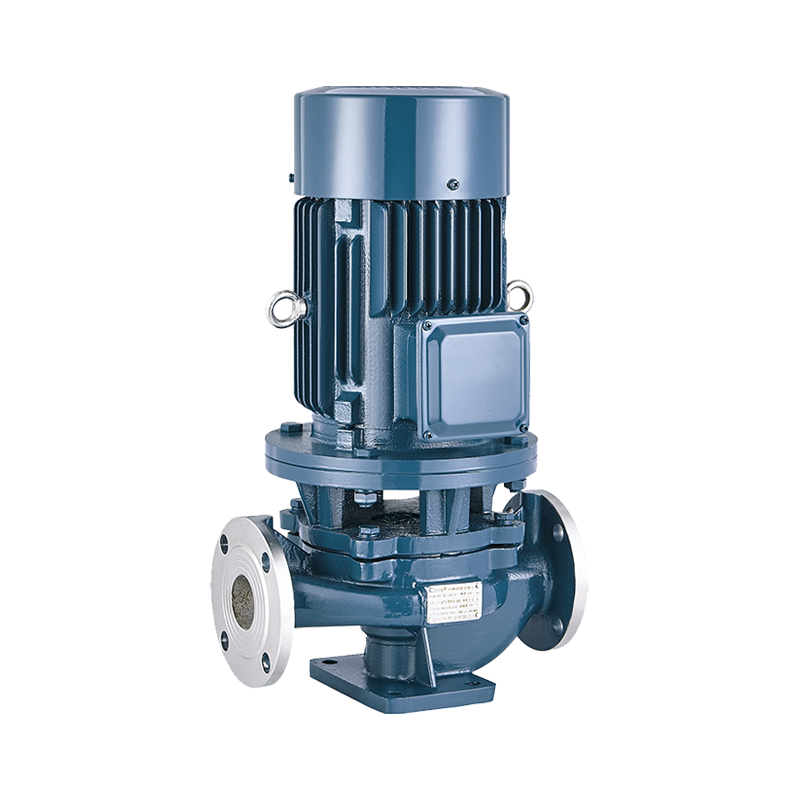 Inline Pump
Inline Pump Domestic Pump
Domestic Pump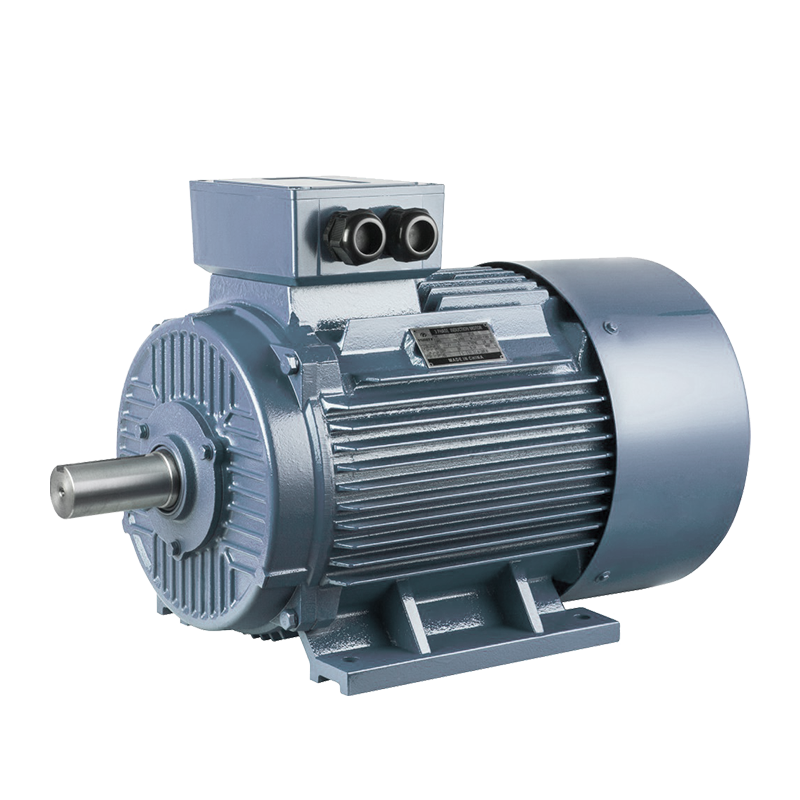 Electric Motor
Electric Motor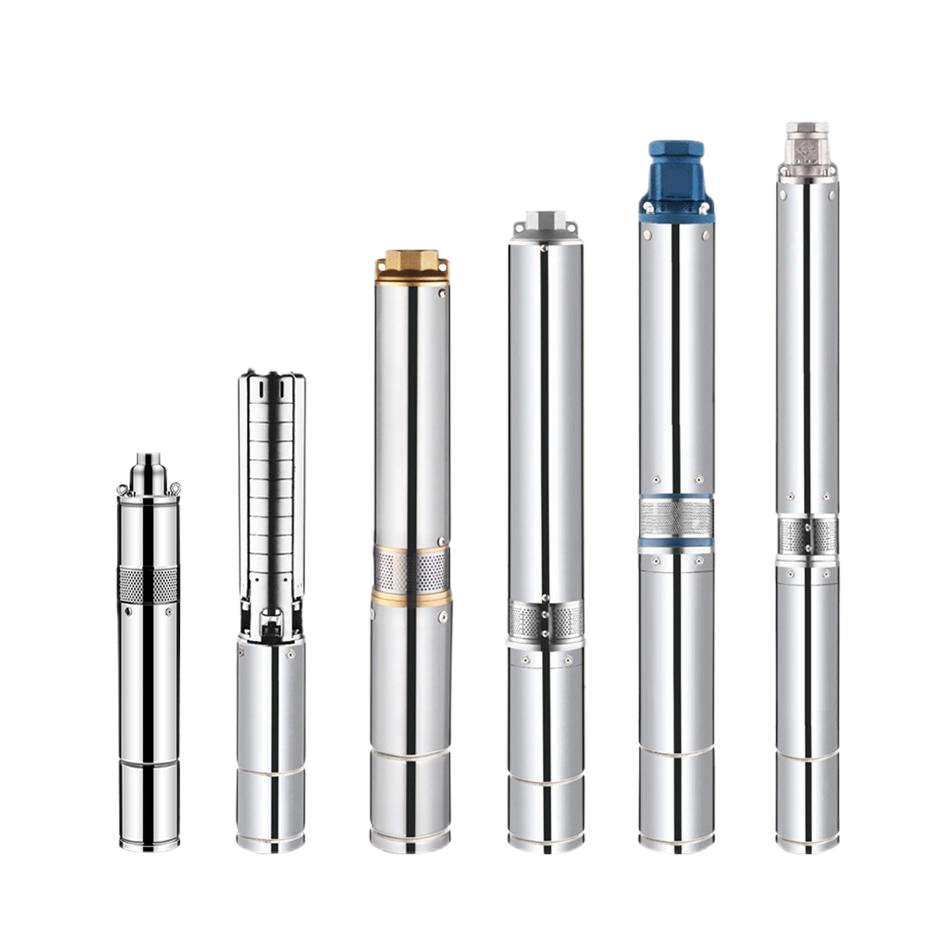 Borehole Pump
Borehole Pump



